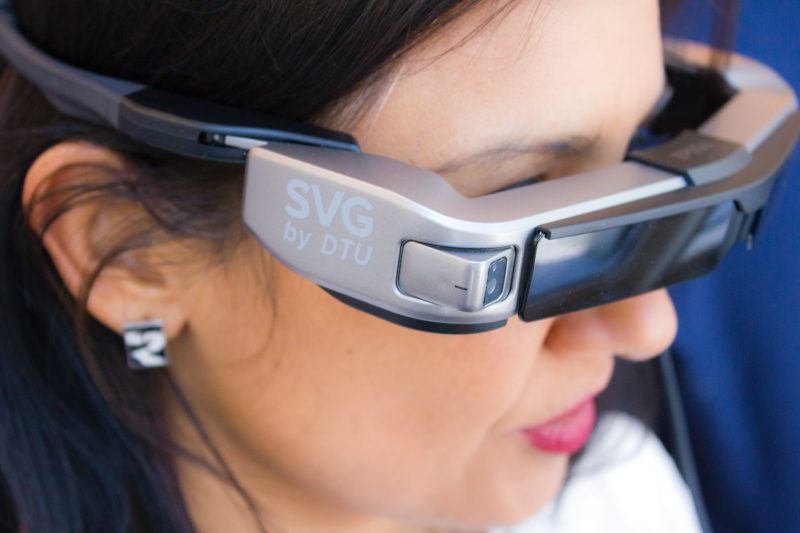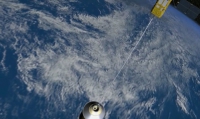World’s most powerful super laser? A team of British and Czech scientists claim that their "super laser" is 10 times more powerful than existing lasers, Photonics Online reports. Their so-called "high peak power laser" has a 1,000-watt average power output, a benchmark of sustained, high-energy pulses.
Safer, more efficient uranium extraction. The separation of uranium, a key part of the nuclear fuel cycle, could potentially be done more safely and efficiently through a new technique developed by chemistry researchers at Oregon State University. The technique uses soap-like chemicals known as surfactants to extract uranium from an aqueous solution into a kerosene solution in the form of hollow clusters. Aside from fuel preparation, it may also find value in legacy waste treatment and for the cleanup of environmental contamination.
"Smart glasses" focus on what wearer sees. The days of your reading glasses may be over. A team at the University of Utah came up with adaptive, liquid-based lenses that automatically adjust the focus on what a person is seeing, whether it’s far away or close up. The rear membrane in each lens is connected to a series of three mechanical actuators that push the membrane back and forth like a transparent piston, changing the curvature of the liquid lens and therefore the focal length between the lens and the eye.
Solar energy powers phone-charging benches and digital signs. MIT Media Lab spinout Changing Environments developed and deployed Internet-connected benches contain an embedded charging station powered by a mini solar panel, with two USB ports for plugging in mobile devices, according to Techxplore reports. The company also launched solar-powered city signs that with apps that display public transit times, weather, etc. Each Soofa product comes equipped with sensors that gather pedestrian-traffic data for cities and can be considered part of the "internet of things" (IoT).
New method of harvesting crowd wisdom. Potentially capable of refining the wisdom-of-crowd surveys, used in political and economic forecasting, the new method, developed by MIT’s Sloan Neuroeconomics Lab, uses a technique the researchers call the "surprisingly popular" algorithm to better extract correct answers from large groups of people. For a given question, people are asked two things: What they think the right answer is, and what they think popular opinion will be. The variation between the two aggregate responses indicates the correct answer.




